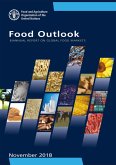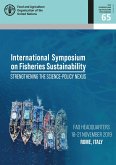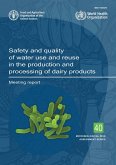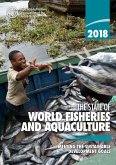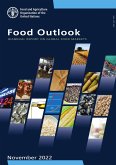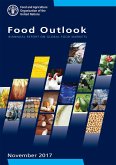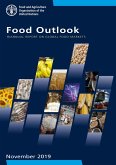Of greatest concern to humans are algal species that produce potent neurotoxins that can find their way through shellfish and fish to human consumers where they evoke a variety of gastrointestinal and neurological illnesses (paralytic shellfish poisoning (PSP), amnesic shellfish poisoning (ASP), diarrhoeic shellfish poisoning (DSP), neurotoxic shellfish poisoning (NSP), azaspiracid shellfish poisoning (AZP) and ciguatera fish poisoning (CFP)). Worldwide, ciguatoxins are estimated to cause around 50 000 cases of ciguatera fish poisoning annually; neurological effects may last for weeks or even years and one percent of these cases are fatal .
Climate change and costal water over enrichment create an enabling environment for harmful algal blooms, which seem to have become more frequent, more intense and more widespread in the past decades.
Dieser Download kann aus rechtlichen Gründen nur mit Rechnungsadresse in A, B, CY, CZ, D, DK, EW, E, FIN, F, GR, H, IRL, I, LT, L, LR, M, NL, PL, P, R, S, SLO, SK ausgeliefert werden.



